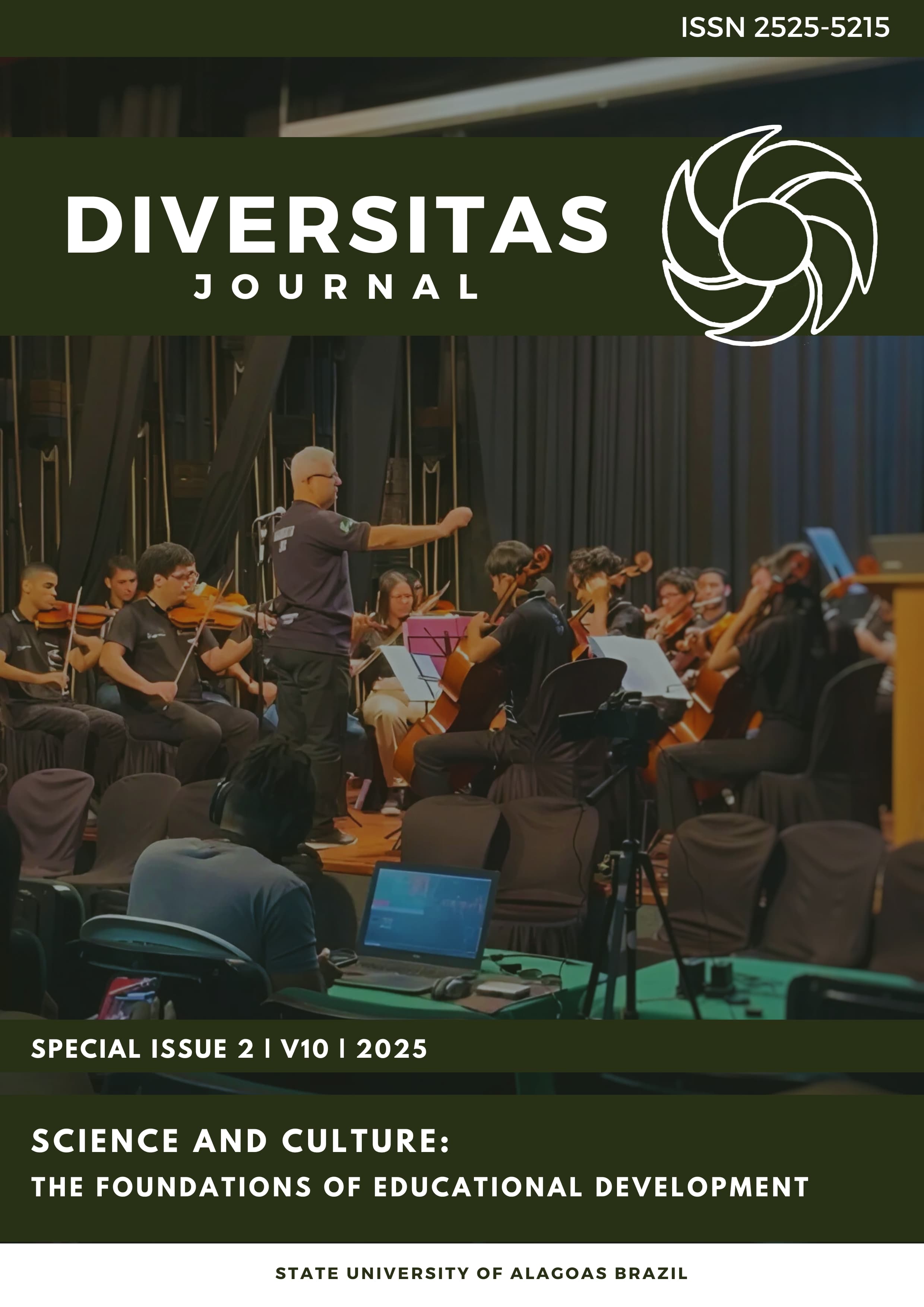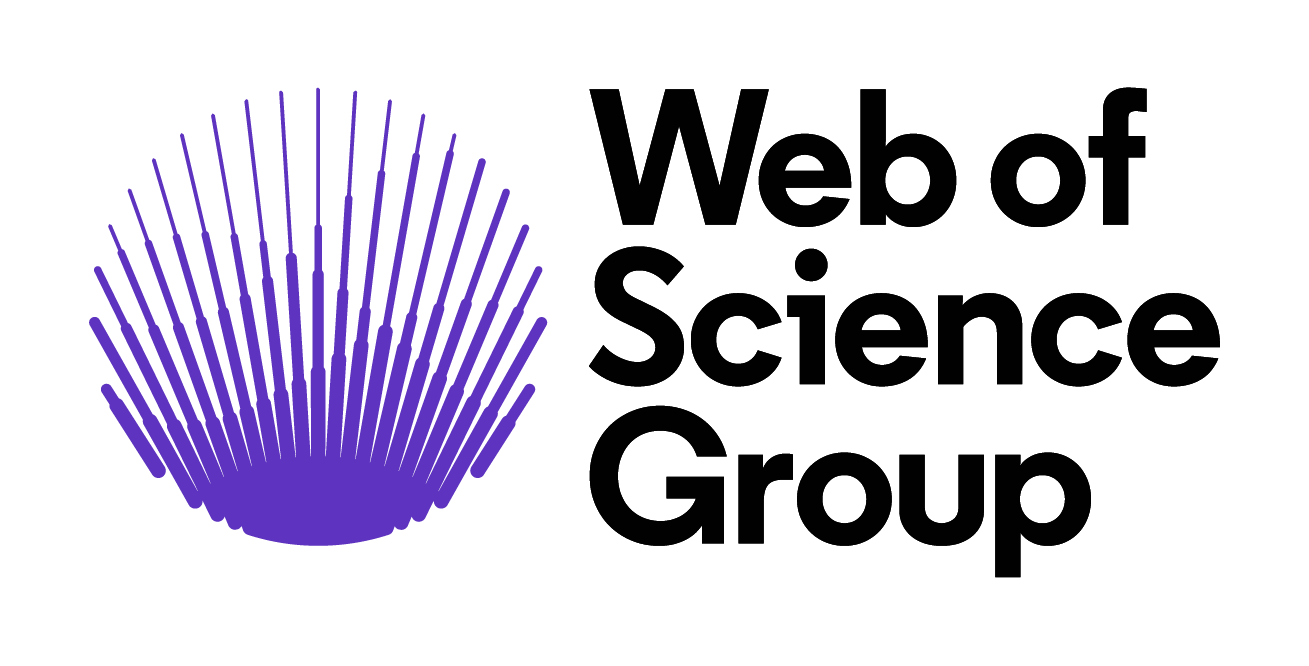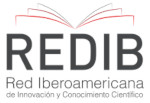Superheroes and education: chemistry that works!
DOI:
https://doi.org/10.48017/dj.v10iEspecial%202.3226Keywords:
Superheroes, Chemistry, TeachingAbstract
Chemistry teaching in high school has been the subject of studies that seek diversified ways of teaching chemistry, making teaching dynamic, stimulating, collaborative, etc. With this in mind, this work aims to present the material produced in research by PIBIC/Uneal, where we redesigned the Periodic Table (PT) with each element represented by a superhero. A book was also produced with an illustrative story about the chemical elements, and both works were made available free of charge to all those involved and other interested parties. To this end, we shared the research in public schools in Arapiraca, in high school classes. Later, we applied an online questionnaire to the students to identify their opinions about the material that was being produced. As a result, we found that 76.3% of the students showed interest in using a more illustrative PT, with information from everyday life; 88.4% considered it interesting to establish a relationship between the content of the PT and superheroes; 91.1% of the students really liked the illustrative materials produced; 85.7% found the cards about the TP elements to be well-designed; 89.3% considered the information contained in the cards to be easy to understand, and 96.4% are interested in receiving the illustrative chemistry materials when they are finished.
Metrics
References
Amaral, C. L. C., Tavares, A. P. (2020). A utilização de Histórias e Quadrinhos no ensino de química: um mapeamento da produção científica nos ENPEC (período 2011-2019). Anais do CIET: EnPED, 2020 - (Congresso Internacional de Educação e Tecnologias Encontro de Pesquisadores em Educação a Distância), São Carlos, 2020. ISSN 2316-8722. https://cietenped.ufscar.br/submissao/index.php/2020/article/view/1102.
Aquino, F., Fiorucci, A. R., Filho, E. B., Benedetti, L. P. S. (2015). Elaboração, aplicação e avaliação de uma HQ sobre conteúdo de história dos modelos atômicos para o Ensino de Química. Orbital: Electron. J. Chem. 7 (1), 53-58, 2015. https://periodicos.ufms.br/index.php/orbital/article/view/17901/12292.
Aragão, J. R. B., Farias, J. S., Silva, M. S., Santos, K. D. (2023). Histórias em quadrinhos no ensino de química: uma proposta libertária. In: X Congresso Internacional das Licenciaturas, Recife. https://smart.institutoidv.org/2023/pdvl/uploads/2647.pdf.
Azulay, M. (2023). Química Ilustrada. https://www.marcioazulayexatas.com/.
Bardin, L. (1979). Análise de conteúdo. Edições 70.
Barros, J. S. (2021). Uso de Histórias em Quadrinhos (HQS) no ensino de química. (Trabalho de Conclusão de Curso – Licenciatura em Química) – Universidade Federal de Alagoas, Instituto de Química e Biotecnologia. https://www.repositorio.ufal.br/handle/123456789/8598.
Borges, R. S., Bandeira, C. C., Luz Junior, G. E. (2020). Interface entre as histórias em quadrinhos e o ensino de Química: uma fonte de informação e incentivo à leitura. ACTIO, Curitiba, 5(1), 1-22, jan./abr. 2020. https://periodicos.utfpr.edu.br/actio/article/view/10022/7277.
Borges, R. S., Sá, E. R. A., Luz Junior, G. E. O “sim” do ensino de química às histórias em quadrinhos: um recorte do estado da arte. Revista Insignare Scientia. 4(6), 205-227, set/dez, 2021. https://periodicos.uffs.edu.br/index.php/RIS/article/view/12274/8171.
Câmara dos deputados. (2024). Terminologia sobre deficiência na era da inclusão. Brasília. https://www2.camara.leg.br/a-camara/estruturaadm/gestao-na-camara-dos-deputados/responsabilidade-social-e-ambiental/acessibilidade/glossarios/terminologia-sobre-deficiencia-na-era-da-inclusao.
Canva, (2024). https://www.canva.com/.
Cardoso, A. P., Araujo, L. D., Liu, A. S., Castro, M. C. (2022). Histórias em Quadrinhos como Estratégia Didática para o Ensino de Química em Tempos de Pandemia. Revista Insignare Scientia - RIS, 5(2), p. 55-74, 23 jun. 2022. https://periodicos.uffs.edu.br/index.php/RIS/article/view/12990.
Cesário, J. M. dos S. (2020). Metodologia científica: principais tipos de pesquisas e suas caraterísticas. Revista Científica Multidisciplinar Núcleo do Conhecimento. 5(11), 23-33, 2020. DOI: 10.32749/nucleodoconhecimento.com.br/educacao/tipos-de-pesquisas. https://www.nucleodoconhecimento.com.br/educacao/tipos-de-pesquisas.
Criddle, G. (2013). Química Geral em Quadrinhos. Blucher.
Cruz, T. M. G. S. (2020). “Em uma galáxia não tão distante...” Química, ludicidade e quadrinhos. APPRIS.
Dantas, E. V. G., Pereira, P. B., Lima, M. F. A., Martins, G. S. V., Lima, M. F. A. (2016). A tabela periódica no processo de ensino e aprendizagem de alunos do ensino médio de uma escola pública. In: III Congresso Nacional de Educação, Natal, 2016. https://mail.editorarealize.com.br/editora/anais/conedu/2016/TRABALHO_EV056_MD4_SA18_ID6456_18082016204614.pdf.
Ferreira, C. A. L. (2015). Pesquisa quantitativa e qualitativa: perspectivas para o campo da educação. Revista Mosaico, 8(2), 173-182, jul./dez. 2015. DOI: https://doi.org/10.18224/mos.v8.n2.2015. http://seer.pucgoias.edu.br/index.php/mosaico/article/view/4424/2546.
Gil, A. C. (2022). Como elaborar projetos de pesquisa. (7ª ed.). Atlas.
Günther, H. (2006). Pesquisa qualitativa versus pesquisa quantitativa: esta é a questão? Psicologia: teoria e pesquisa, 22(2), 201-210, maio-ago. https://www.scielo.br/j/ptp/a/HMpC4d5cbXsdt6RqbrmZk3J/?format=pdf&lang=pt.
Leite, M. R. V. (2020). Histórias em quadrinhos como material didático para a aproximação da história e filosofia da ciência ao ensino dos elementos químicos. Dissertação (Mestrado em Educação para Ciência) - Faculdade de Ciências – Campus de Bauru, Universidade Estadual Paulista “Júlio de Mesquita Filho”, Bauru. https://bdtd.ibict.br/vufind/Record/UNSP_74573c91fcd12355579dfdc7da058218.
Lüdke, M., André, M. E. D. A. de. (1986). Pesquisa em educação: abordagens qualitativas. E. P. U.
Oliveira, M. B. (2019). Química em quadrinhos: Uma perspectiva sobre a importância da história da ciência na consolidação de conceitos químicos. (Trabalho de Conclusão de Curso – Licenciatura em Química) – Centro de Formação de Professores, Universidade Federal do Recôncavo da Bahia. http://repositorioexterno.app.ufrb.edu.br/bitstream/123456789/1925/1/201310960-AIQUE%20BARRETO%20OLIVEIRAQU%C3%8DMICA%20EM%20QUADRINHOS%20UMA%20PERSPECTIVA%20SOBRE%20A%20IMPORT%C3%82NCIA%20HIST.pdf.
Ornellas, J. F.; Melo, L. G. (2020). Uso de histórias em quadrinhos para ensinar ciências/química por meio dos superpoderes dos heróis. Experiências em Ensino de Ciências, Cuiabá, 15(1), 558-573, 2020. https://if.ufmt.br/eenci/artigos/Artigo_ID709/v15_n1_a2020.pdf.
Oxlad, C.; Stockley, C.; Wertheim, J. (2012). The Usborne Illustrated Dictionary of Chemistry. Usborne Publishing Ltd.
Pinto, P. G.; Soares, M. H. F. B. (2022). Possíveis relações dos conteúdos de Química, Física e Biologia com os poderes das Super-Heroínas. Quím. nova esc., 44(1), 26-34, 2022. http://qnesc.sbq.org.br/online/qnesc44_1/06-RSA-84-20.pdf.
Pereira, L. C. K. P., Wobeto, C., Guilard Junior, F., Rosinke, P. (2020). Termoquímica na perspectiva CTSA para o ensino de química por meio das TIC. Revista Insignare e Scientia, 3(5), 328-349, 2020. https://periodicos.uffs.edu.br/index.php/RIS/article/view/11905/7589.
Praia, J. F.; Cachapuz, A. F. C.; Pérez, D. G. (2002). Problema, teoria e observação em ciência: para uma reorientação epistemológica da educação em ciência. Ciência & Educação, 8(1), 127-145, 2002. https://www.scielo.br/j/ciedu/a/cDFsLGkxHzRKqYXqXg7C7LM/?format=pdf&lang=pt.
Ramires, J. R. (2022). Heróis em Quadrinhos: radioatividade a partir de uma perspectiva interdisciplinar em um subprojeto PIBID. Kiri-kerê: Pesquisa em Ensino, 14, dez. 2022. https://periodicos.ufes.br/kirikere/article/view/34926/26245.
SeaArt, (2024). https://www.seaart.ai/pt.
Silva, J. A. (2020). A evolução dos modelos atômicos: um guia pedagógico. https://educapes.capes.gov.br/bitstream/capes/584816/2/Produto_vers%C3%A3o%20final.pdf.
Downloads
Published
How to Cite
Issue
Section
License
Copyright (c) 2025 José Atalvanio Silva

This work is licensed under a Creative Commons Attribution 4.0 International License.
The Diversitas Journal expresses that the articles are the sole responsibility of the Authors, who are familiar with Brazilian and international legislation.
Articles are peer-reviewed and care should be taken to warn of the possible incidence of plagiarism. However, plagiarism is an indisputable action by the authors.
The violation of copyright is a crime, provided for in article 184 of the Brazilian Penal Code: “Art. 184 Violating copyright and related rights: Penalty - detention, from 3 (three) months to 1 (one) year, or fine. § 1 If the violation consists of total or partial reproduction, for the purpose of direct or indirect profit, by any means or process, of intellectual work, interpretation, performance or phonogram, without the express authorization of the author, the performer, the producer , as the case may be, or whoever represents them: Penalty - imprisonment, from 2 (two) to 4 (four) years, and a fine. ”


















